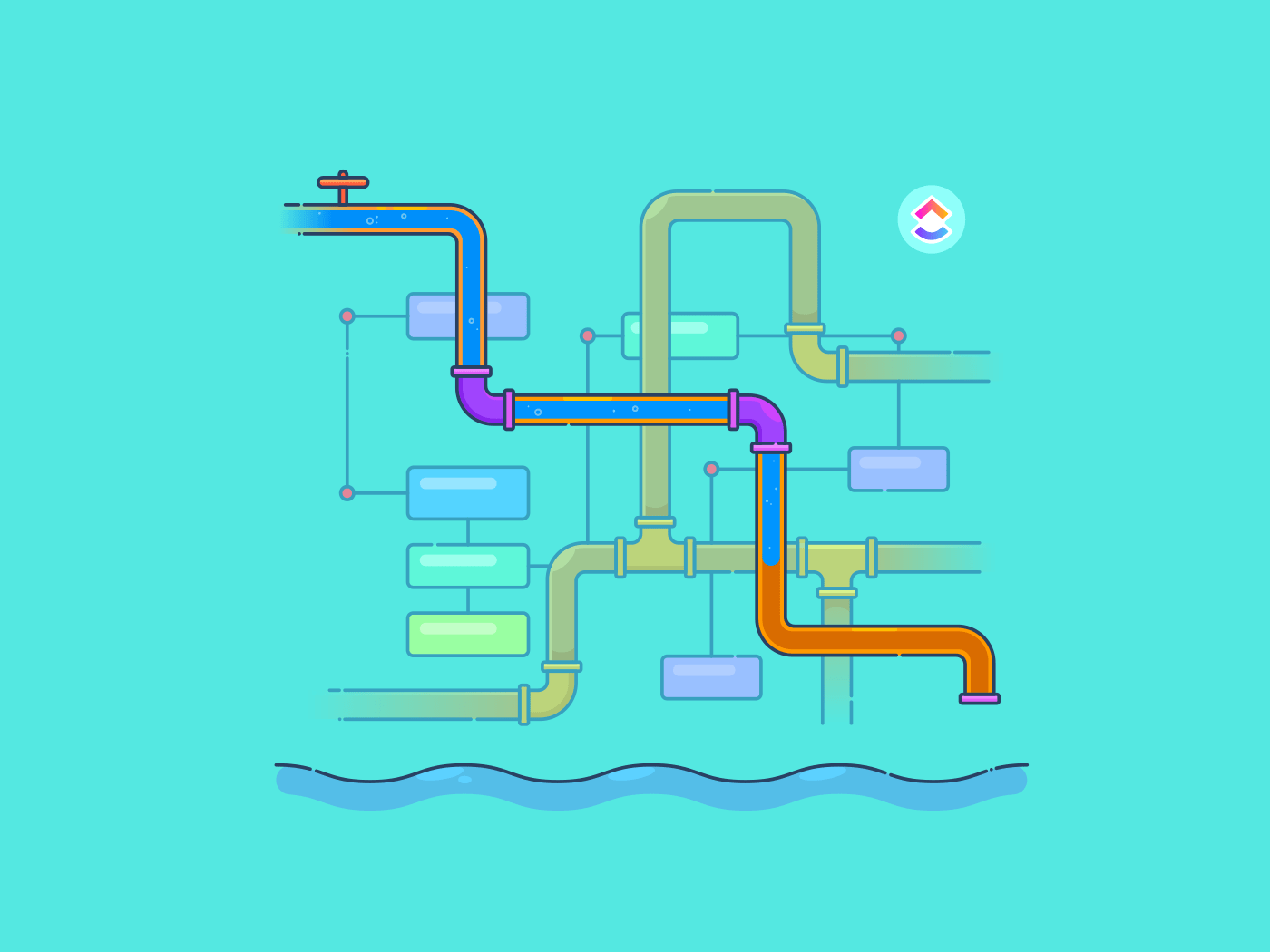
Introduction
Efficiency in coding is a goal every developer strives to achieve. Optimizing your coding workflow not only enhances productivity but also leads to better code quality. In this article, we’ll explore practical tips for streamlining your coding workflow, making the development process smoother and more efficient.
Establish a Clear Project Structure
A well-organized project structure lays the foundation for an efficient coding workflow. Create a clear and logical directory structure for your codebase. Group related files and folders together, making it easy to locate and navigate through different components of your project.
Utilize Version Control Systems
Version control systems, such as Git, are indispensable tools for optimizing your coding workflow. Embrace proper branching strategies, commit frequently, and utilize meaningful commit messages. Version control not only helps in tracking changes but also provides a safety net for experimenting with new features or bug fixes.
Automate Repetitive Tasks
Identify repetitive tasks in your workflow and automate them. Whether it’s building, testing, or deployment processes, automation tools like Jenkins, Travis CI, or GitHub Actions can save you time and reduce the likelihood of human errors. Invest time in setting up robust automation pipelines.
Select an Efficient Text Editor or IDE
Choosing the right text editor or Integrated Development Environment (IDE) significantly impacts your coding workflow. Explore different options and find one that aligns with your preferences and needs. Features such as code completion, syntax highlighting, and integrated terminal support can boost your productivity.
Master Keyboard Shortcuts
Efficient developers leverage keyboard shortcuts to perform tasks quickly. Invest time in learning and mastering the keyboard shortcuts for your chosen text editor or IDE. This can dramatically reduce the time spent navigating menus and increase your coding speed.
Embrace Code Reviews
Code reviews are essential for maintaining code quality and fostering collaboration within a team. Actively participate in code reviews and encourage constructive feedback. Embracing this collaborative approach ensures that code is not only efficient but also adheres to best practices and coding standards.
Document as You Code
Effective documentation is a key aspect of an optimized coding workflow. Instead of leaving documentation until the end, document your code as you go. Clearly explain your design decisions, functions, and classes. This practice not only aids in collaboration but also saves time when revisiting your code later.
Use Task Management Tools
Task management tools, like Jira, Trello, or Asana, help organize your work and keep track of project milestones. Break down your coding tasks into manageable chunks, set priorities, and monitor your progress. This approach ensures that you stay focused and on track throughout the development cycle.
Prioritize Unit Testing
Integrating unit testing into your workflow is crucial for identifying and fixing issues early in the development process. Write tests for your code, and regularly run them to ensure that new changes don’t introduce regressions. Prioritizing unit testing contributes to a more robust and stable codebase.
Continuously Learn and Improve
The field of software development is ever-evolving. Stay updated on new technologies, tools, and best practices. Allocate time for continuous learning, whether through online courses, reading documentation, or attending conferences. Investing in your skill set enhances your coding workflow over time.
Coding Workflow Optimization Tips: Explore more
For a comprehensive guide on coding workflow optimization, including additional tips and in-depth strategies, check out our detailed resource. Elevate your coding efficiency and deliver high-quality software with a refined and streamlined workflow.
Conclusion
Optimizing your coding workflow is an ongoing process that pays off in increased productivity and improved code quality. By incorporating these tips into your development routine, you can create a more efficient workflow that enhances both individual and team performance.










